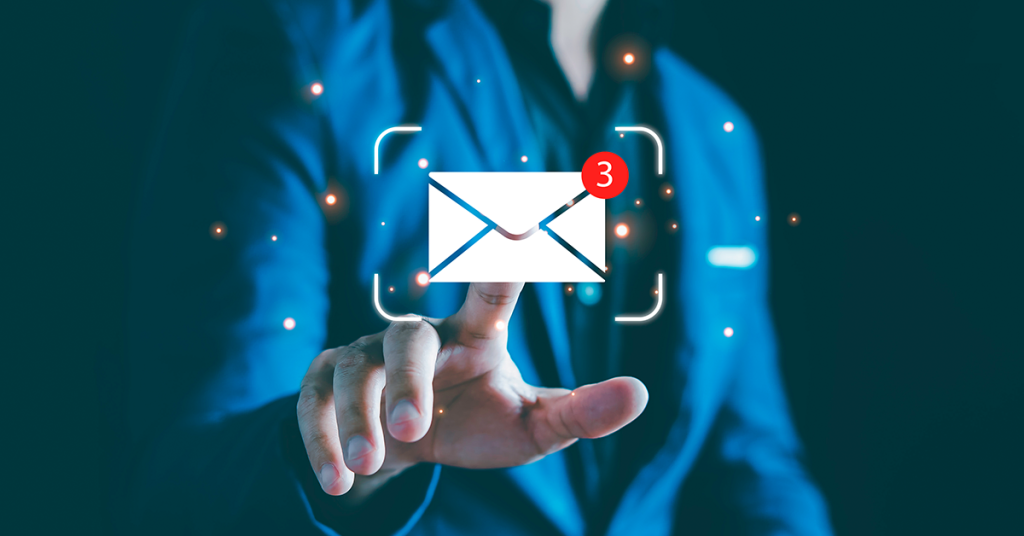
In today’s digital age, email marketing remains a powerful tool for reaching and engaging with your target audience. Additionally, by crafting compelling and targeted email campaigns, you can drive brand awareness, generate leads, and boost sales.
At e-worc Marketing & Advertising, we specialize in creating effective email marketing strategies that deliver results. Therefore, this article provides valuable tips and tricks to help you create email campaigns that resonate with your audience and drive conversions.
Understanding the Basics of Email Marketing
Before diving into specific strategies, it’s essential to understand the fundamentals of email marketing:
- Email List Building: Building a high-quality email list of engaged subscribers is crucial for successful email campaigns. Use opt-in forms, lead magnets, and social media to grow your list.
- Segmentation: Segment your email list based on demographics, interests, behavior, or other relevant criteria. This allows you to send targeted messages that resonate with specific audience segments.
- Email Content: Create compelling and visually appealing email content that is relevant to your audience. Use a clear subject line, a strong call to action, and a mobile-friendly design.
- Email Deliverability: Ensure your emails reach your subscribers’ inboxes by maintaining a clean email list and following best practices for email deliverability.
Tips for Creating Effective Email Campaigns
- Know Your Audience: Understand your target audience’s needs, preferences, and pain points. Tailor your email content to address their specific interests.
- Craft Compelling Subject Lines: Your subject line is the first thing your subscribers will see. Make it catchy, relevant, and encourage them to open your email.
- Personalize Your Messages: Use personalization to make your emails feel more personal and relevant to your subscribers. Include their name, their preferred products, or their recent purchase history.
- Use a Strong Call to Action: Additionally, clearly state what you want your subscribers to do after reading your email. Whether it’s making a purchase, signing up for a newsletter, or visiting your website, a strong call to action guides your subscribers toward the desired outcome.
- Keep It Short and Sweet: People are busy. Keep your emails concise and to the point. Use bullet points and paragraphs to make your content easy to read and digest.
- Optimize for Mobile: Furthermore, a significant portion of emails are opened on mobile devices. Ensure your emails are mobile-friendly by using responsive design and avoiding excessive images.
- Test and Analyze: A/B testing different elements of your email campaigns can help you identify what works best for your audience. Track key metrics like open rates, click-through rates, and conversions to measure the effectiveness of your campaigns.
Best Practices for Email Deliverability
- Maintain a Clean Email List: Regularly remove inactive or bounced email addresses from your list to improve deliverability.
- Avoid Spam Triggers: Additionally, avoid using excessive spammy words, excessive exclamation marks, or all capital letters in your subject lines and content.
- Authenticate Your Emails: Use Sender Policy Framework (SPF) and DomainKeys Identified Mail (DKIM) to authenticate your emails and reduce the risk of being flagged as spam.
- Warm Up Your IP Address: Finally, gradually increase the number of emails you send from a new IP address to avoid being flagged as a spammer.
Advanced Email Marketing Strategies
- Email Automation: Use automation tools to send triggered emails based on specific actions, such as welcome emails, abandoned cart reminders, and post-purchase follow-ups.
- Behavioral Targeting: Segment your email list based on subscriber behavior, such as past purchases, website visits, or engagement with your content. This allows you to send highly targeted and relevant emails.
- A/B Testing: Experiment with different subject lines, content, and calls to action to identify the most effective elements of your email campaigns.
- Email Marketing Analytics: Track key metrics like open rates, click-through rates, and conversions to measure the success of your email campaigns and make data-driven decisions.
- Interactive Content: Incorporate interactive elements like quizzes, polls, or personalized recommendations to engage your subscribers and encourage them to click through to your website.
- Visual Storytelling: Additionally, use high-quality images, videos, and GIFs to make your emails more visually appealing and engaging.
- Email Personalization: Go beyond basic personalization by using dynamic content to deliver personalized recommendations and offers based on individual preferences and behavior.
- Integration with Other Marketing Channels: Lastly, integrate your email marketing with other channels like social media, content marketing, and paid advertising to create a cohesive and effective marketing strategy.
Conclusion
By understanding the basics of email marketing, implementing effective strategies, and continuously analyzing your results, you can create powerful email campaigns that drive results for your business. Remember, email marketing is an ongoing process, so be patient, persistent, and always strive to improve your campaigns.
